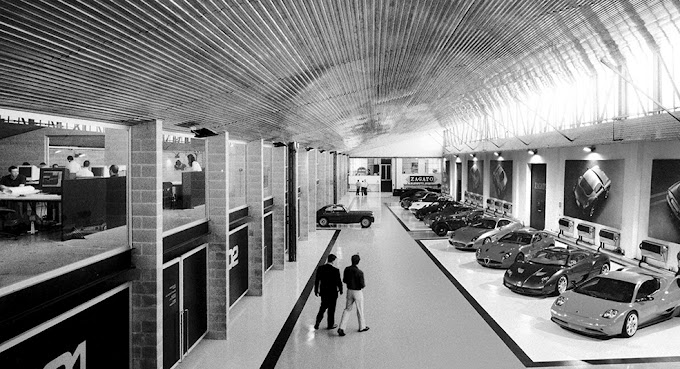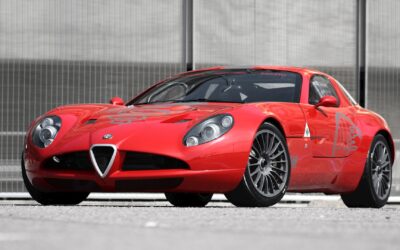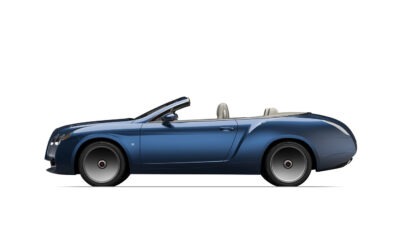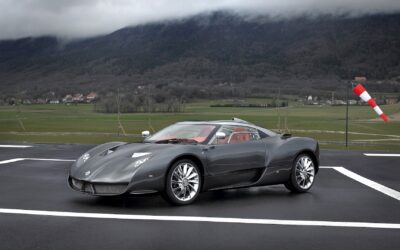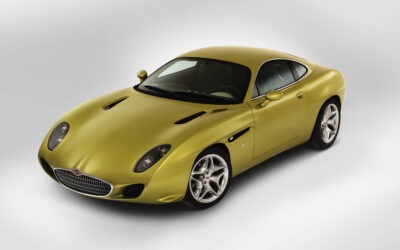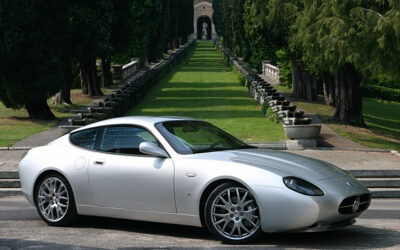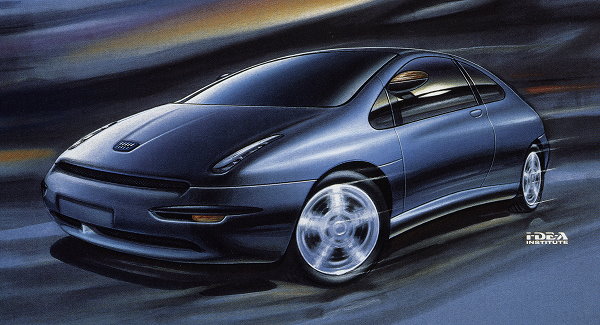Zagato

2
- 2022 Carrozzieri Italiani Car of the Year
- 2020 Carrozzieri Italiani Car of the Year

19
- 2019 Kyoto
- 2021 Classic Gala
- 2024 Villa d'Este
- 1957 Rimini
- 2015 Villa d'Este
- 1934 C d'E Roma
- 2015 C d'E Torino
- 2016 Mantova
- 2009 Pebble Beach
- 1950 C d'E Venezia
- 1951 C d'E Roma
- 2010 Villa d'Este
- 2011 Villa d'Este
- 2019 Mantova
- 1960 C d'E Roma
- 2024 Pebble Beach
- 2021 Pebble Beach
- 2003 Classic Gala
- 1932 Villa d'Este
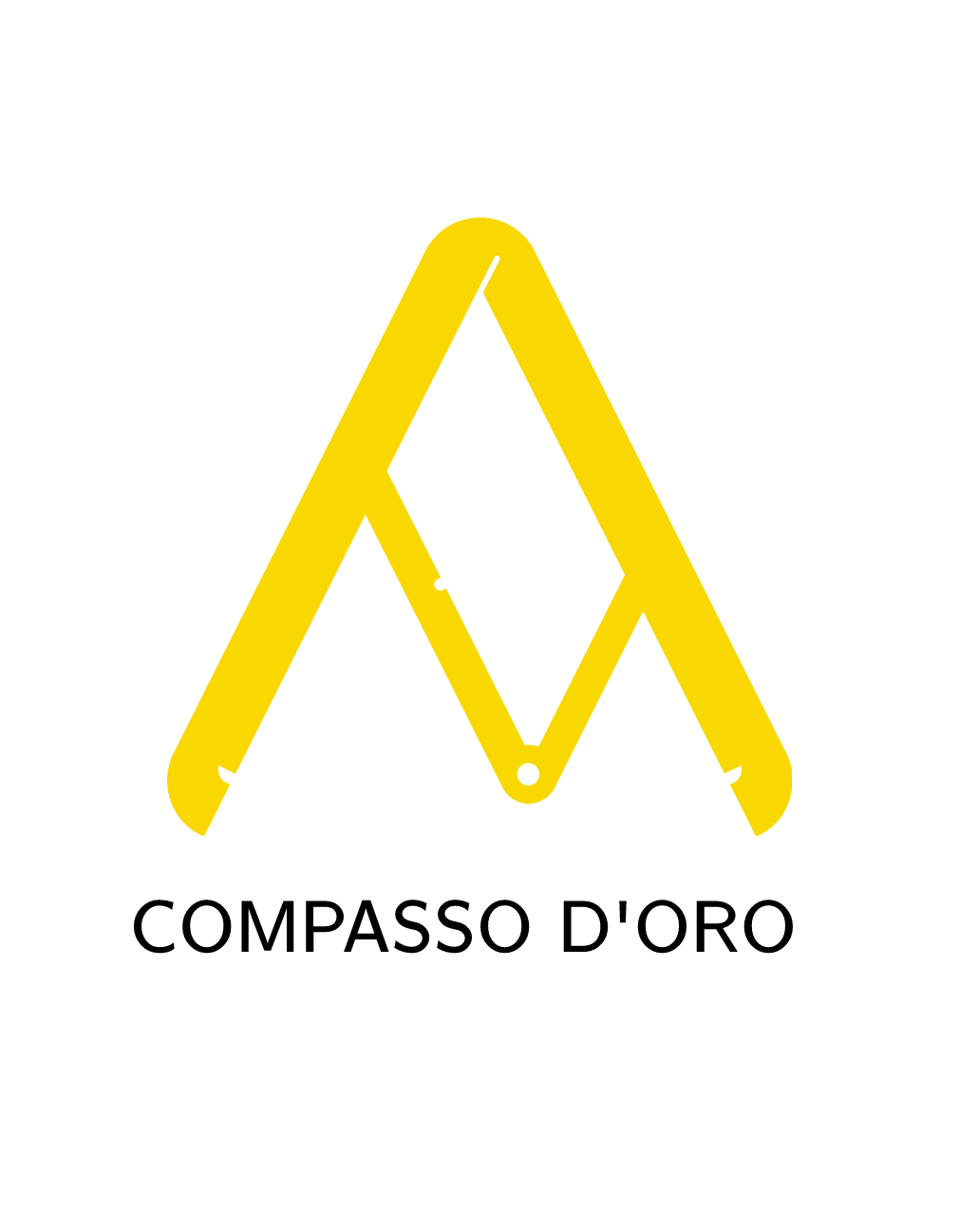
1
- 1960 Compasso d’Oro
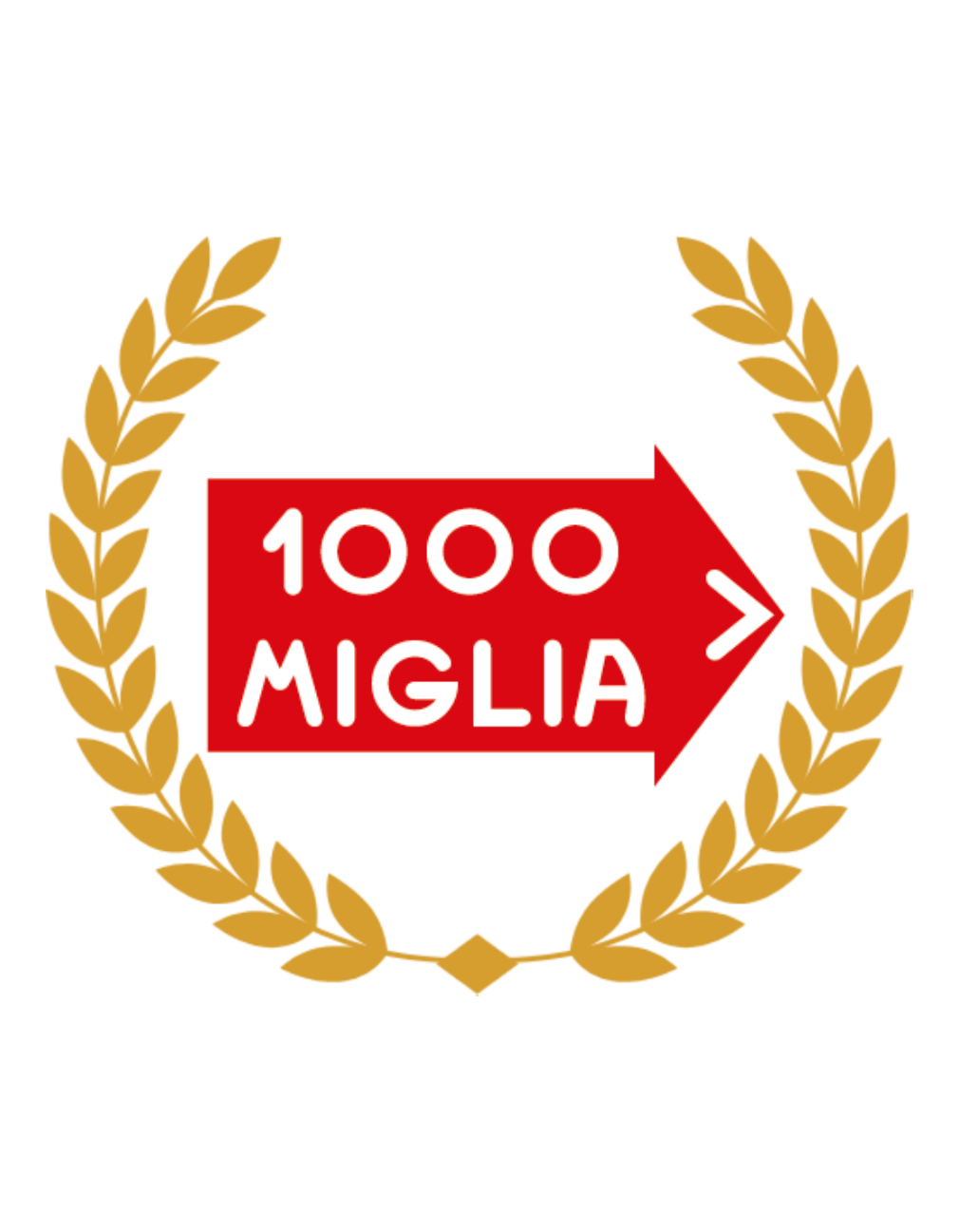
4
- 1928 Mille Miglia
- 1933 Mille Miglia
- 1929 Mille Miglia
- 1930 Mille Miglia

4
- 2022 Villa d’Este
- 2022 Pebble Beach
- 2024 Villa d'Este
- 2024 Pebble Beach

1
- 2019 Kyoto

1
- 2019 Kyoto

